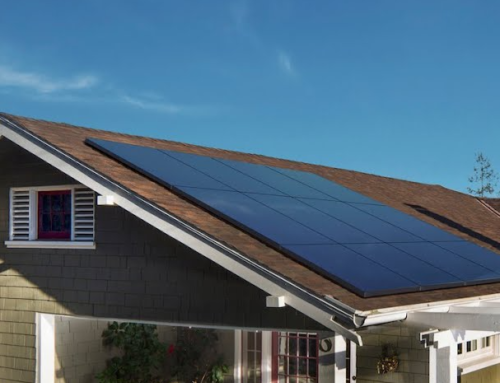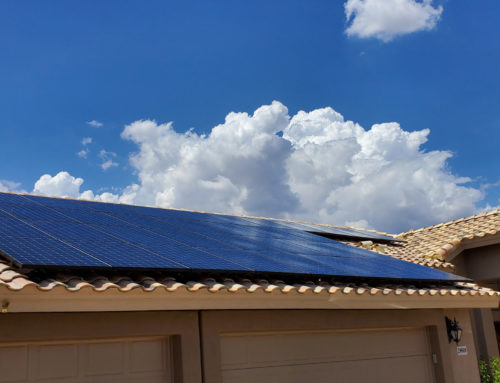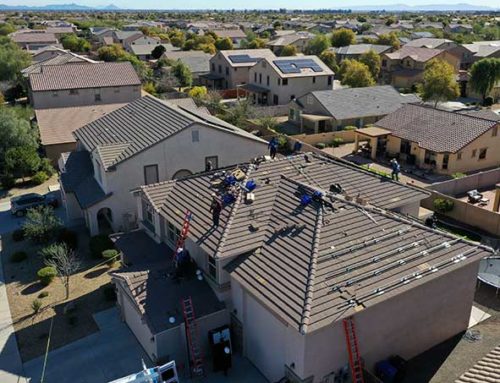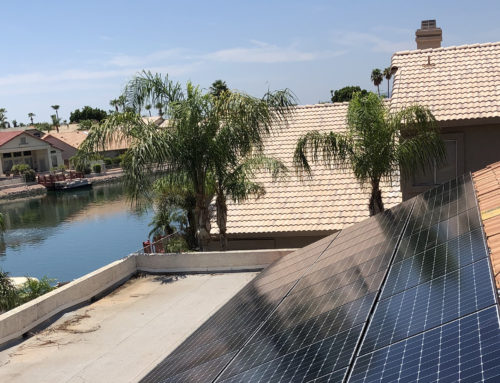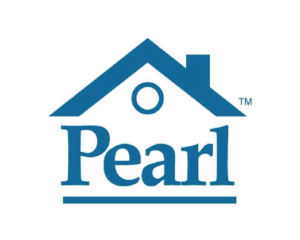Solar manufacturers are always looking for new ways to make solar cells more efficient, so there are different types of solar panel technologies for customers to choose from, offering varying levels of efficiency and reliability.
Cells known as “Passivated Emitter and Rear Contact” are becoming more common. PERC solar cells are an iteration of conventional cells and have an extra layer within the back side, allowing some of the sun’s light to be reflected back into the solar cell. The layer gives the sun’s rays a second chance to be absorbed and converted into energy. This modification makes PERC solar cells 6 to 12 percent more efficient than conventional solar panels.
While PERC solar panels are a step above other types of conventional panels, IBC – or “interdigitated back contact” – panels are a step above in efficiency, energy yield and reliability. Earlier this year, we introduced our powerful A-Series panels based on our existing IBC platform, Maxeon® cells, known as NGT, or “next-generation technology.” That same technology helps make our panels the industry’s most efficient because they convert more photons to energy.
WHY SUNPOWER’S IBC PANELS MAKE MORE ENERGY AND ARE MORE RELIABLE
Most solar panels, including those with PERC, use metal ribbons to connect the cells. Those metal ribbons expand in heat and contract in the cold. This stress can cause the ribbons to disconnect from the cell or the cells to crack, diminishing power production for the entire system.
SunPower Maxeon cells have a thick layer of tin-plated copper on the back that holds the cell together, making the cell highly durable. Maxeon cells are more than 20 percent more efficient than PERC panels,1 and they eliminate the primary mechanisms that cause solar cells to lose power and fail, namely breaks in the cells or electrical connections and corrosion.
We’re so confident in our solar cell technology that we back our panels up with a best-in-industry 25-year Complete Confidence warranty, which gives you peace of mind for both the product and the amount of power we promise your panels will produce.
PROS AND CONS OF PERC AND IBC SOLAR CELLS
We offer our customers panels made of both PERC and Maxeon cells. Both have their pros and cons. Here’s a brief rundown on each:
PERC Pluses
- Manufactured like conventional solar cells, which means they can be manufactured using existing equipment.
- Higher efficiency versus non PERC panels means fewer panels are needed to produce the needed amount of electricity.
PERC Minuses
Higher efficiency versus non PERC panels means fewer panels are needed to produce the needed amount of electricity.
We mitigate this vulnerability in our PERC panels in our Performance series by replacing the traditional metal strips with a super-strong conductive adhesive, which durably flexes so it can withstand temperature changes. P-Series panels generate 35 percent more energy over 25 years in the same footprint compared to other types of PERC panels.2
IBC Pluses
- Highest-efficiency solar panels available today, lowering installation costs and maximizing the amount of energy produced.
- Greater efficiency means fewer panels needed, leaving room to add panels if you, for example, add an electric vehicle.
- Lower degradation rate than conventional panels. SunPower® Maxeon panels have a degradation rate two to three times lower than conventional panels.3 This means more power over the life of the system.
- Better performance at higher temperatures and use of more of the light spectrum to create more energy, even early in the morning or late in the evening.
- Cell-level hotspot protection increases performance in shade.
IBC Minuses
There really aren’t a lot of negatives when it comes to IBC technology. While it may have a higher up-front cost, over time you’ll see a higher return on your investment because SunPower IBC systems produce up to 55 percent more energy than a conventional system of the same size in the first 25 years.4 And they are backed by SunPower’s industry leading warranty. So, while costs up front may be higher, these systems generate more energy, providing greater savings over time.
That’s great news for homeowners, who naturally want a PV solar system that generates as much power as they can afford — or that will fit on their roof. The more energy generated, the faster a solar system offsets its initial costs and the sooner maximum money savings begin.
Talk to a SunPower dealer about how SunPower’s next-generation technology can help you can start generating more energy over time, saving you more money.
Ready to find out how much you can save? Just enter your home address into our solar calculator.
1SunPower 400 W, 22.6% efficient, compared to a Conventional Panel on same-sized arrays (310 W mono PERC, 19% efficient, approx. 1.64 m²).
2SunPower 410 W, 19.9% efficient, compared to a Conventional Panel on same-sized arrays (330 W multi, 17% efficient, approx. 2 m²), 3% more energy per watt (based on PVSim runs for avg US climate), 0.25%/yr slower degradation rate (Jordan, et. al. Robust PV Degradation Methodology and Application. PVSC 2018 Leidos Engineering. SunPower P-Series Technology Review. 2017).
3Jordan, et al, “Robust PV Degradation Methodology Application” PVSC 2018 and “Compendium of Photovoltaic Degradation Rates” PiP 2016.
4SunPower 400 W, 22.6% efficient, compared to a Conventional Panel on same-sized arrays (280 W multi, 17% efficient, approx. 1.64 m²), 8% more energy per watt (based on PVSim runs for avg US climate), 0.5%/yr slower degradation rate (Jordan, et. al. Robust PV Degradation Methodology and Application. PVSC 2018).
This post originally appeared on the SunPower Resource Blog


